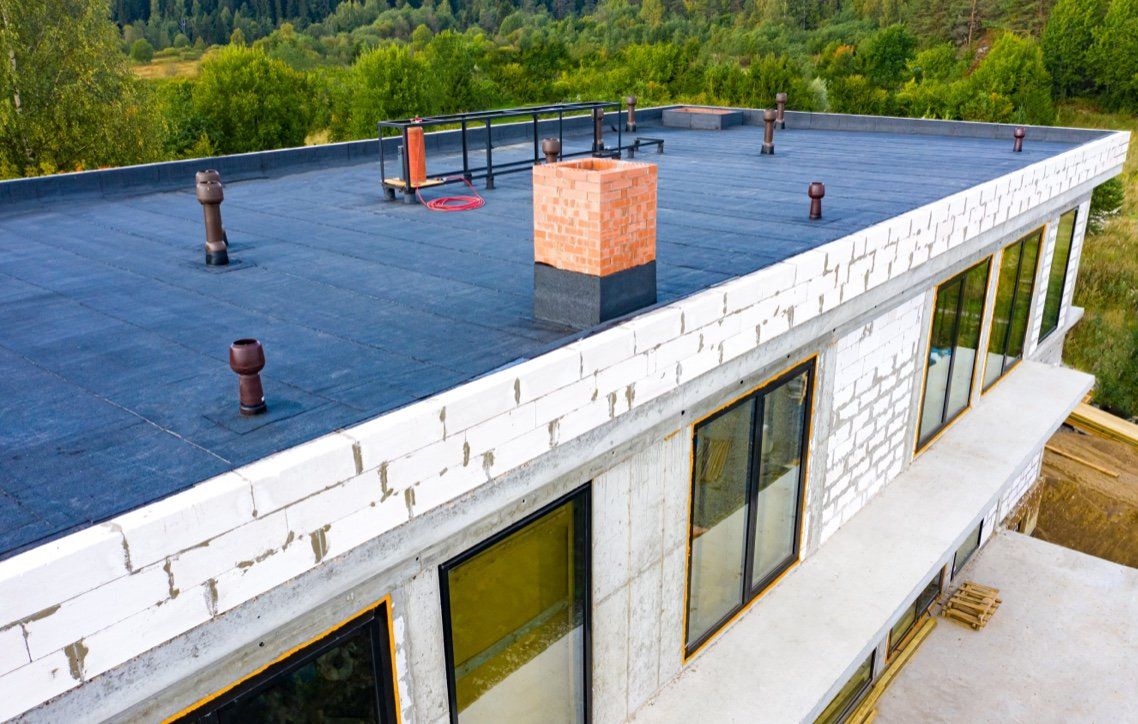Your roof’s color isn’t just an aesthetic choice—it can directly impact your home’s energy efficiency and comfort. Let’s explore the science behind roof colors and help you decide the best option for your climate.
The Science of Roof Color and Heat Absorption
The color of your roof plays a significant role in heat absorption. Dark colors, like black, absorb more heat, raising roof surface temperatures and warming your home. White roofs, on the other hand, reflect sunlight, keeping temperatures cooler and reducing strain on cooling systems.
When to Choose a Light or Dark Roof: Climate Considerations
The color of your roof should be based on your region’s climate:
- Hot Climates: Opt for white or lighter roofs to reflect heat, lower indoor temperatures, and save on cooling costs.
- Chilly Climates: In cold climates, darker roofs absorb more sunlight, helping to keep your home warmer and reducing heating costs.
- Moderate Climates: In moderate climates, a neutral or slightly darker shade may be the best option, depending on your insulation and overall energy needs.
How Roof Colors Affect Energy Efficiency and the Urban Heat Island Effect
White roofs can help mitigate the urban heat island effect, a phenomenon where urban areas become significantly warmer due to dark roofs and pavement. By reflecting sunlight, white roofs cool down cities and reduce energy consumption.
Weathercraft’s Tips for Choosing the Right Roof Color
When deciding on a roof color, consider the following:
- Weather Conditions: Consider your region's typical weather to select the most effective roof color.
- Roof Material Compatibility: Make sure your roofing material works well with the color you choose.
- Home Aesthetic: Choose a color that complements your home’s overall aesthetic.
- Long-Term Savings: Balance upfront costs with energy savings over time.
Weathercraft’s experts are here to help you select the best roof color and material for your home and budget.
